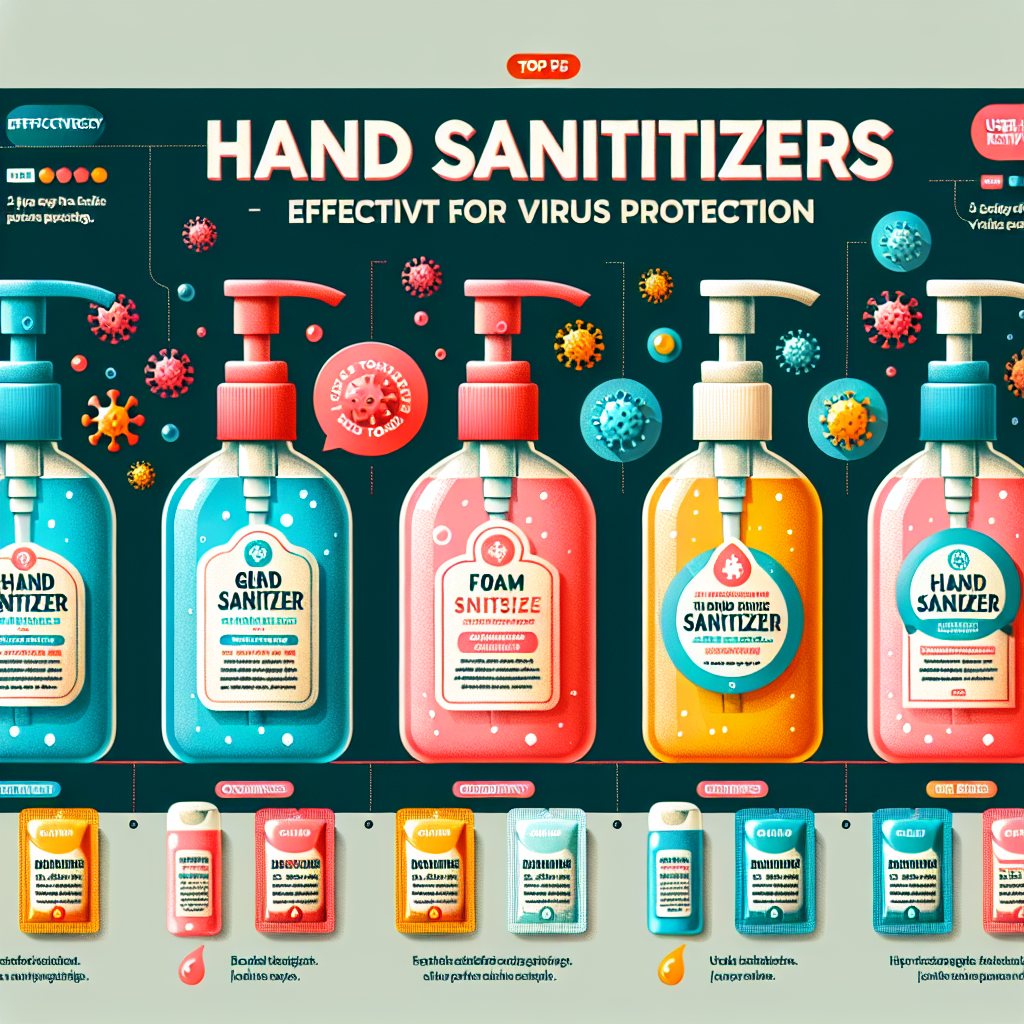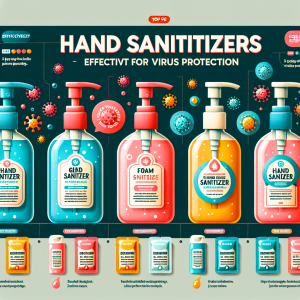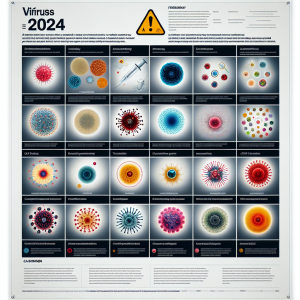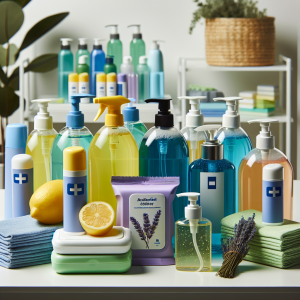What is the best way to disinfect surfaces?
In today’s world, maintaining a clean and safe environment is more crucial than ever. Surface disinfection plays a vital role in preventing the spread of germs, bacteria, and viruses, particularly in communal spaces, homes, and workplaces. With various disinfectants available and multiple techniques to apply them, understanding the best methods for disinfecting surfaces can significantly enhance health and safety for everyone. This article explores the importance of surface disinfection, the types of disinfectants available, effective techniques for disinfecting different surfaces, and safety precautions to take when using these powerful cleaning agents.
Understanding the Importance of Surface Disinfection
Surface disinfection is essential in controlling infections and disease transmission, particularly in high-touch areas such as doorknobs, light switches, and countertops. When viruses and bacteria linger on these surfaces, they can be transferred to hands, clothing, or food, increasing the risk of illness. Regular disinfection reduces this risk significantly and is especially vital during cold and flu seasons or during outbreaks of contagious diseases, such as COVID-19, where the virus can survive on surfaces for extended periods.
Furthermore, effective surface disinfection contributes to overall hygiene, promoting a cleaner living or working environment. This is especially important in settings such as hospitals, schools, and restaurants, where the health and safety of individuals are directly impacted by cleanliness. Ensuring that surfaces are regularly disinfected helps build a culture of health awareness, where individuals prioritize not only their well-being but also the well-being of those around them.
Finally, understanding the importance of surface disinfection extends beyond just preventing illness. A clean environment can improve mental health and productivity. Studies show that workplaces with clean and disinfected surfaces have higher employee satisfaction and lower absenteeism rates. Therefore, investing time and resources into proper disinfection techniques can yield substantial benefits for both individual health and organizational efficiency.
Types of Disinfectants: Which One to Choose?
When it comes to disinfecting surfaces, several types of disinfectants are available, each with unique properties and effectiveness. Common categories include alcohol-based disinfectants, chlorine-based bleach solutions, quaternary ammonium compounds (quats), and hydrogen peroxide. Alcohol-based disinfectants, particularly those containing at least 60% alcohol, are effective against most bacteria and viruses and evaporate quickly, making them suitable for many surfaces.
Chlorine-based disinfectants, such as bleach solutions, are powerful and widely used in both domestic and commercial settings. They are effective against a broad spectrum of pathogens, including viruses, bacteria, and fungi. However, they may not be suitable for all surfaces due to their corrosive nature and strong fumes. When using bleach, always follow dilution guidelines and proper usage instructions to ensure safety and effectiveness.
Quaternary ammonium compounds (quats) are also popular, especially in household cleaning products. They are effective against a range of pathogens and are often gentler on surfaces compared to bleach. Hydrogen peroxide is another effective disinfectant that works by producing free radicals that can kill bacteria and viruses. It can be used on various surfaces but should be tested for compatibility with materials to avoid damage. Understanding the strengths and limitations of each disinfectant can help you make informed choices for your disinfection needs.
Effective Techniques for Disinfecting Various Surfaces
To achieve optimal results in surface disinfection, employing the correct techniques is vital. Firstly, cleaning the surface with soap and water removes dirt, grease, and organic material, which can hinder the effectiveness of disinfectants. After cleaning, apply the chosen disinfectant according to the manufacturer’s instructions, ensuring that the surface remains wet for the recommended contact time to effectively kill pathogens. This is particularly important for porous surfaces that may retain contaminants.
Different surfaces may require specific approaches. For example, hard, non-porous surfaces such as countertops or metal should be disinfected using a spray or wipe, ensuring full coverage. In contrast, soft surfaces like fabric or upholstery may require specialized disinfectants or steam cleaning for disinfection. It’s also important to consider high-touch surfaces, such as light switches and remote controls, which should be disinfected frequently to minimize the risk of germ transmission.
Lastly, when disinfecting electronic devices, such as smartphones and tablets, use a disinfectant wipe suitable for electronics or a cloth lightly moistened with disinfectant, taking care to avoid excess moisture that could cause damage. A consistent disinfection schedule can effectively mitigate the risks associated with germs and pathogens, making it crucial to establish a routine that fits your lifestyle or business operations.
Safety Precautions When Using Disinfectants at Home
While disinfectants are essential for maintaining a hygienic environment, safety precautions are necessary to prevent potential harm. First and foremost, always read and follow the manufacturer’s instructions on the disinfectant label. This includes understanding the correct dilution ratios, recommended dwell times, and any specific warnings about the product. Never mix different disinfectants, especially bleach with ammonia, as this can produce toxic gases that pose serious health risks.
When using disinfectants, ensure adequate ventilation in the area to minimize the inhalation of fumes. Open windows and use fans, if possible, to promote air circulation. Additionally, wearing gloves, masks, and protective eyewear can provide an extra layer of protection, particularly when dealing with strong chemical disinfectants that could irritate the skin or respiratory system.
Finally, store disinfectants safely out of reach of children and pets. Use child-proof locks if necessary and ensure that containers are properly labeled to prevent accidental exposure. Educating family members about the potential hazards of disinfectants can also help maintain a safer environment. By adhering to these safety precautions, you can effectively use disinfectants while minimizing health risks.
In conclusion, understanding the importance of surface disinfection is pivotal in today’s health-conscious world. By choosing the right disinfectants and employing effective techniques while adhering to safety precautions, you can significantly reduce the risk of germs and bacteria spreading in your environment. Whether at home or in a commercial setting, regular disinfection practices can lead to healthier living spaces and improved well-being for everyone involved. As we continue to navigate health challenges, prioritizing cleaning and disinfecting surfaces remains a fundamental aspect of public health and personal responsibility. For more information on effective cleaning and disinfecting practices, consider visiting the Centers for Disease Control and Prevention (CDC) guidelines on cleaning and the World Health Organization (WHO) recommendations on disinfectants.
Top hand sanitizers for virus protectionSeasonal flu vaccine effectivenessLatest research on virus transmissionRelevant LinkRelevant LinkRelevant Link













